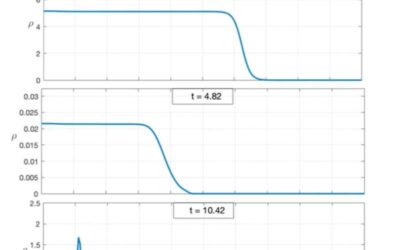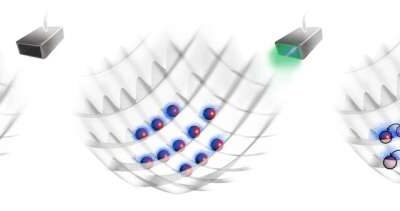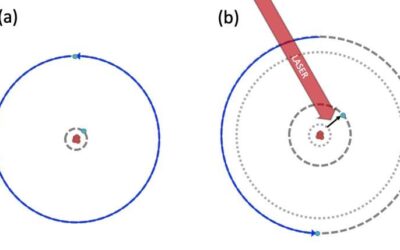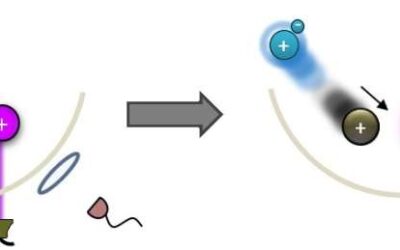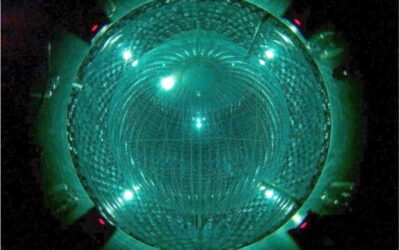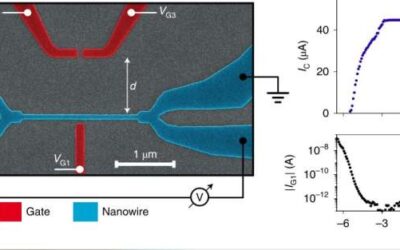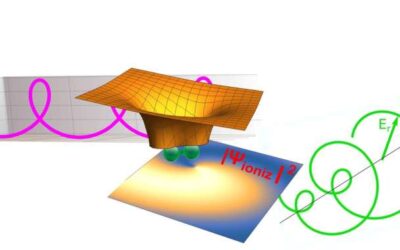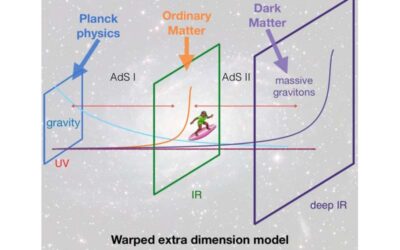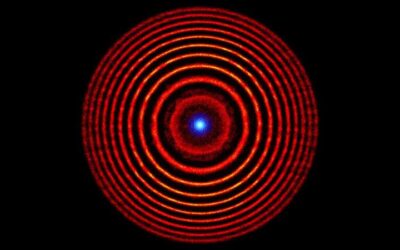Black holes are regions in space characterized by gravitational fields so intense that no matter or radiation can escape from them. They are solutions to Einstein's field equations, with a point of unphysical infinite density at their center.
Physics
Study introduces loss-free matter-wave polaritons in an optical lattice system
Polaritons are quasiparticles that are formed when photons couple strongly with excitations of matter. These quasi-particles, which are half-light and half-matter, underpin the functioning of a wide range of emergent photonic quantum systems, including...
Study achieves the optical coherent manipulation of circular Rydberg states
Rydberg atoms are excited atoms that contain one or more electrons with a high principal quantum number. Due to their large size, long-range dipole-dipole interactions and strong coupling to external fields, these atoms have proved to be promising systems for the...
A new technique to detect collisions between single atom-ion pairs
Quantum chemistry is the branch of chemistry that explores the applications of quantum mechanics to chemical systems. Studies in this field can help to better understand the behavior of pairs or groups of atoms in a quantum state as well as the chemical reactions...
Borexino gathers the first directional measurement of sub-MeV solar neutrinos using a monolithic scintillation detector
Borexino is a large-scale particle physics experiment that collected data until October 2021. Its key mission was to study low energy (sub-MeV) solar neutrinos using the Borexino detector, the world's most radio-pure liquid scintillator calorimeter, located at the...
Study shows how superconductivity can be switched on and off in superconductors
Superconductors are materials that can enter a state of no electrical resistance, through which magnetic fields cannot penetrate. Due to their interesting properties, many material scientists and engineers have been exploring the potential of these materials for a...
A fully optical attoclock to image tunnelling wavepackets
Attoclocks, or attosecond clocks, are instruments that can measure time intervals on the attosecond scale by measuring the time it takes for electrons to tunnel out of atoms. The attosecond procedure was first introduced by a research team led by Ursula Keller in...
Could massive gravitons be viable dark matter candidates?
Today, many research teams worldwide are trying to detect dark matter, an invisible substance that is believed to account for most of the matter in the universe. As does not reflect or emit light, its presence has been indirectly revealed via its gravitational...
The experimental demonstration of topological dissipation in photonic resonators
So far, physicists have primarily studied topological phases in conservatively coupled systems. These are systems with dynamics that do not dissipate and a phase space that does not shrink over time. They are in stark contrast with dissipative systems, which are...
Researchers design holographic lenses based on plasma
Holograms are three-dimensional (3D) images produced by interfering beams of light that reflect physical objects or photographs. In recent years, they were introduced in a variety of settings, for instance to enhance employee training or create more engaging art.

